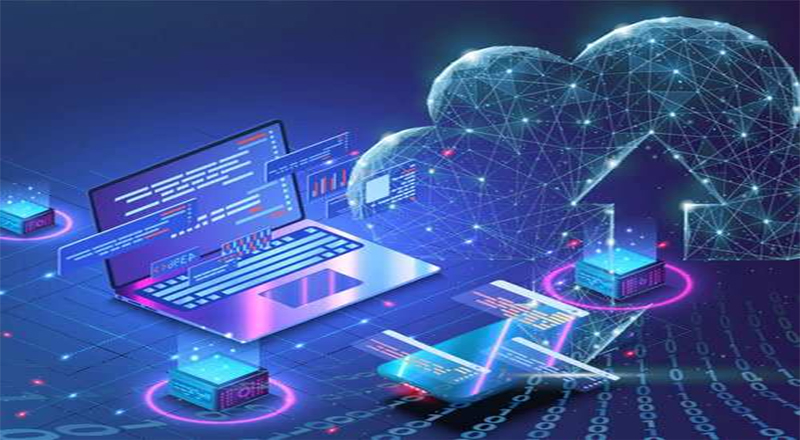During the pandemic, leaders saw a surge in cyberattacks of all kinds and associated shifts in budgetary reallocation to enable the business. Protecting the distributed workforce and increased use of cloud services are the top priorities for security and most leaders believe that cybersecurity directly contributed to their organization’s innovation and competitive edge during the pandemic.
As the landscape continues to shift, CEOs and CISOs are investing in SASE and Zero Trust. In fact, the bad guys were working to exploit the vulnerabilities created when millions of employees were forced to flee outside the corporate firewall, working from home with a hodgepodge of Wi-Fi connections.
Cybersecurity and data security have been a priority for business leaders for many years. Yet, despite investments in security controls, cyberattacks keep coming. The provision of an adequate data security backbone and a robust enterprise wide security culture have become central concerns for CISOs as a result of the pandemic, with new business demands, changing working environments, the extended network, and an ever-evolving data footprint.
With the remote workforce going to stay, more data than ever before will now be generated outside the traditional, secure work environments. Enabling safe user and data access will be critical. The sheer volumes involved will make it more difficult to protect sensitive information and will drive an urgent need for more inclusive and automated forms of data protection to offset this.
COVID-19 accelerated digital transformations: the move to the cloud, the move to remote working, and the extension of the enterprise network. The result has been the disappearance of infrastructure perimeters with multiple data vulnerabilities exposed across extended enterprise networks, an explosion in data, and fresh challenges in managing data security across these networks.





